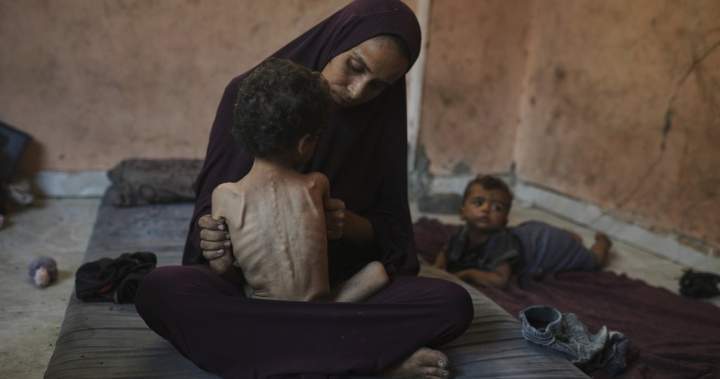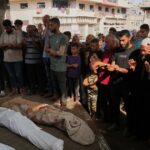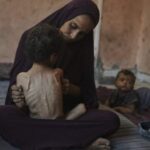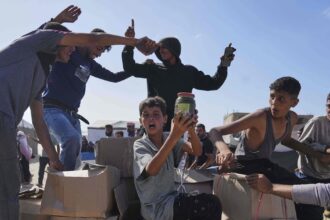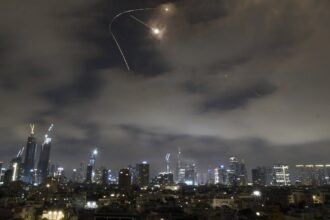The humanitarian catastrophe in Gaza intensified Thursday as Israeli forces clashed with Palestinian militants in Rafah, leaving at least 37 Palestinians dead in what local health officials described as one of the deadliest days in recent weeks. This surge in violence comes as international mediators struggle to broker a ceasefire agreement that would halt the seven-month conflict and secure the release of hostages.
“The situation has deteriorated beyond what words can describe,” said Dr. Mohammed Saleh, a physician at Al-Aqsa Martyrs Hospital. “We’re treating wounds with minimal supplies, operating without anesthesia, and watching patients die who could be saved under normal circumstances.”
The latest round of negotiations in Cairo ended without breakthrough, despite optimistic signals from Qatari and Egyptian mediators earlier this week. Sources close to the talks indicate that Hamas has raised new objections to Israeli security demands, while Israeli officials maintain that the militant group is deliberately stalling the process.
Meanwhile, aid organizations report catastrophic conditions across Gaza, with the UN Relief and Works Agency warning that food distribution has effectively collapsed in northern regions. Approximately 1.1 million Palestinians face “catastrophic hunger,” according to World Food Programme assessments, with children particularly vulnerable to malnutrition and related diseases.
“We’re witnessing a man-made famine unfold in real time,” said Claire Mitchell, operations director for International Aid Network. “Flour, cooking fuel, and clean water have become luxuries that most families cannot access.”
The escalation in Rafah has particularly alarmed humanitarian groups, as the city had served as the primary entry point for limited aid shipments. With fighting now concentrated around the vital Rafah crossing, the flow of critical supplies has slowed to a trickle. Canadian officials have joined international calls for protected humanitarian corridors to allow aid delivery without military interference.
Israel’s military operations have pushed deeper into densely populated areas of Rafah, where approximately 1.4 million displaced Palestinians had sought refuge. Satellite imagery analyzed by human rights organizations shows extensive destruction of civilian infrastructure, including residential buildings, schools, and medical facilities.
“Each day without a ceasefire agreement means more civilian casualties, more infrastructure destroyed, and deeper humanitarian crisis,” said UN Secretary-General António Guterres during an emergency briefing. “The parties must prioritize civilian protection above all else.”
The economic impact extends beyond Gaza’s borders, with neighboring economies suffering from trade disruptions and security concerns. Jordan, Egypt, and Lebanon have reported significant losses in tourism revenue and foreign investment since the conflict began in October 2023.
As diplomatic efforts continue in Washington and regional capitals, the fundamental question remains: will world powers exert sufficient pressure on both sides to prioritize humanitarian needs over military objectives, or will Gaza’s civilians continue to bear the brutal cost of this prolonged conflict?

